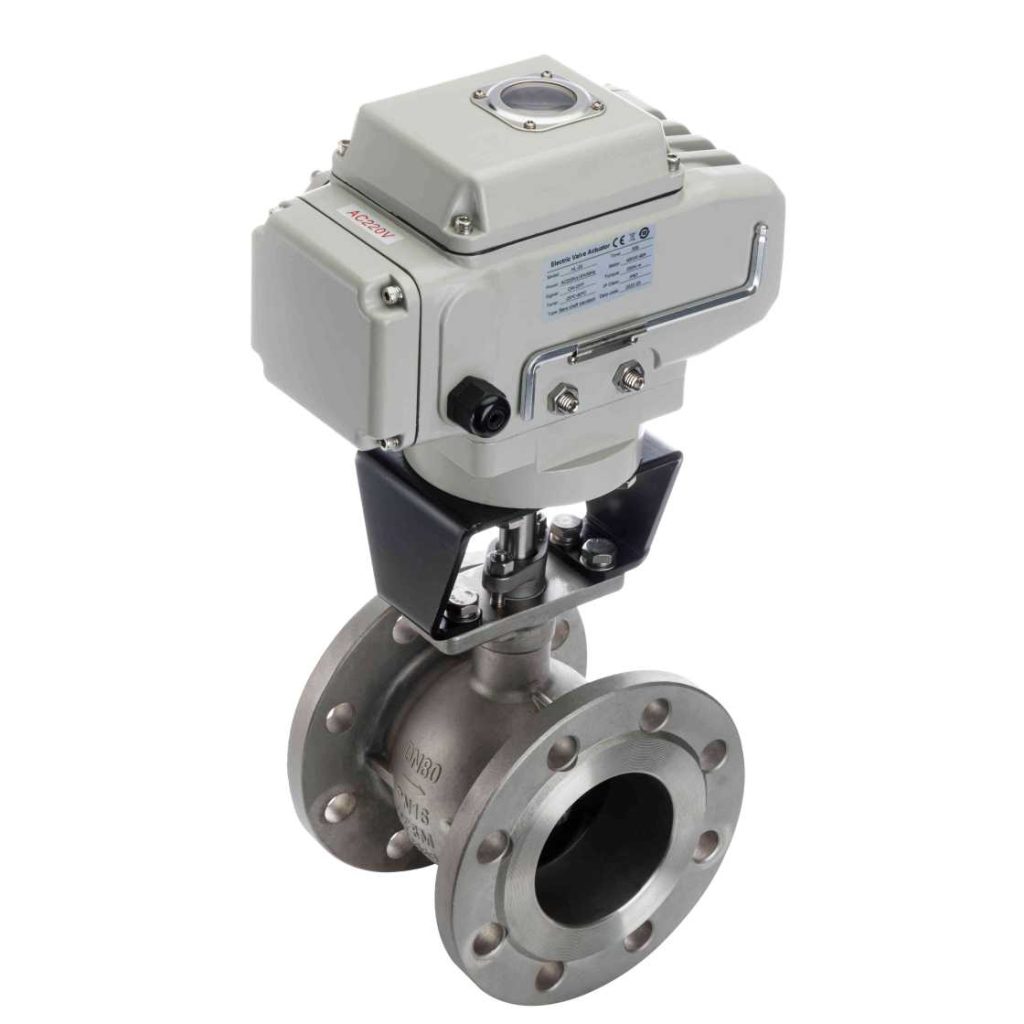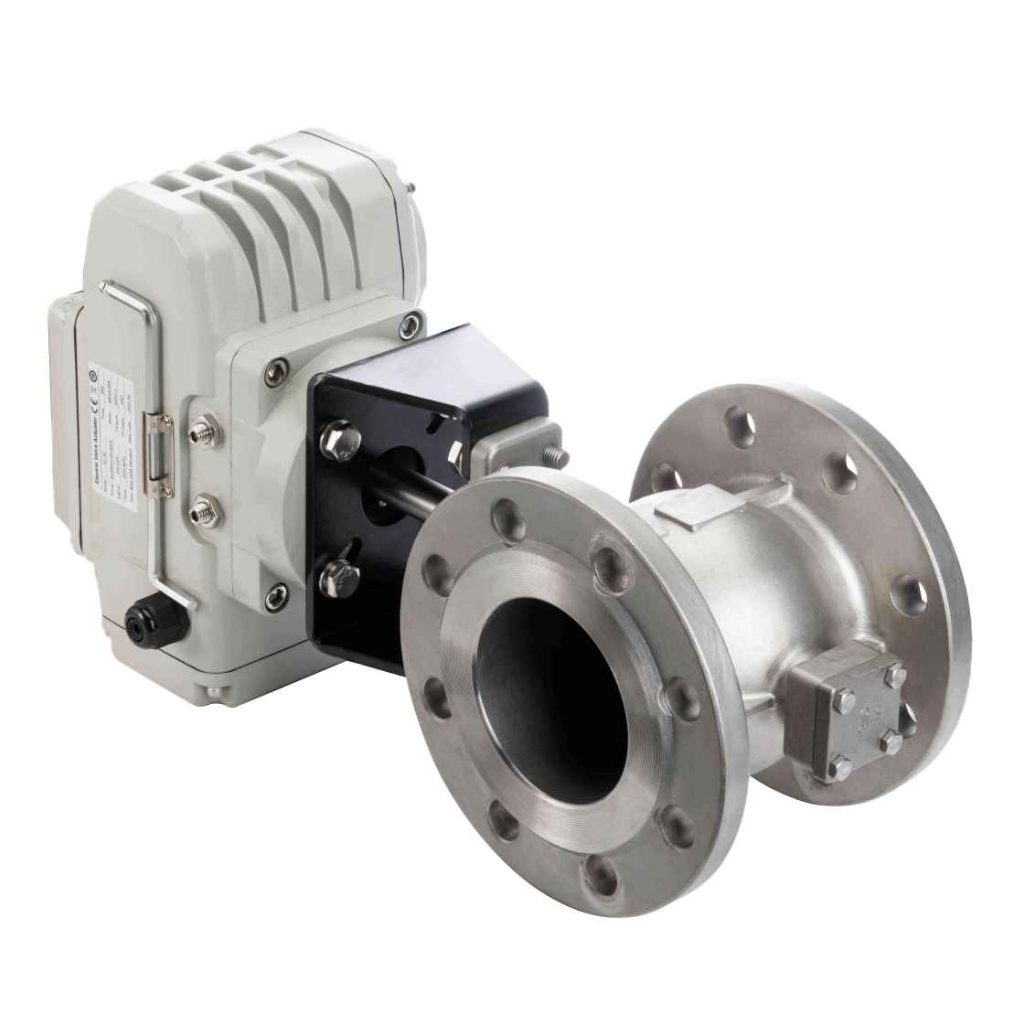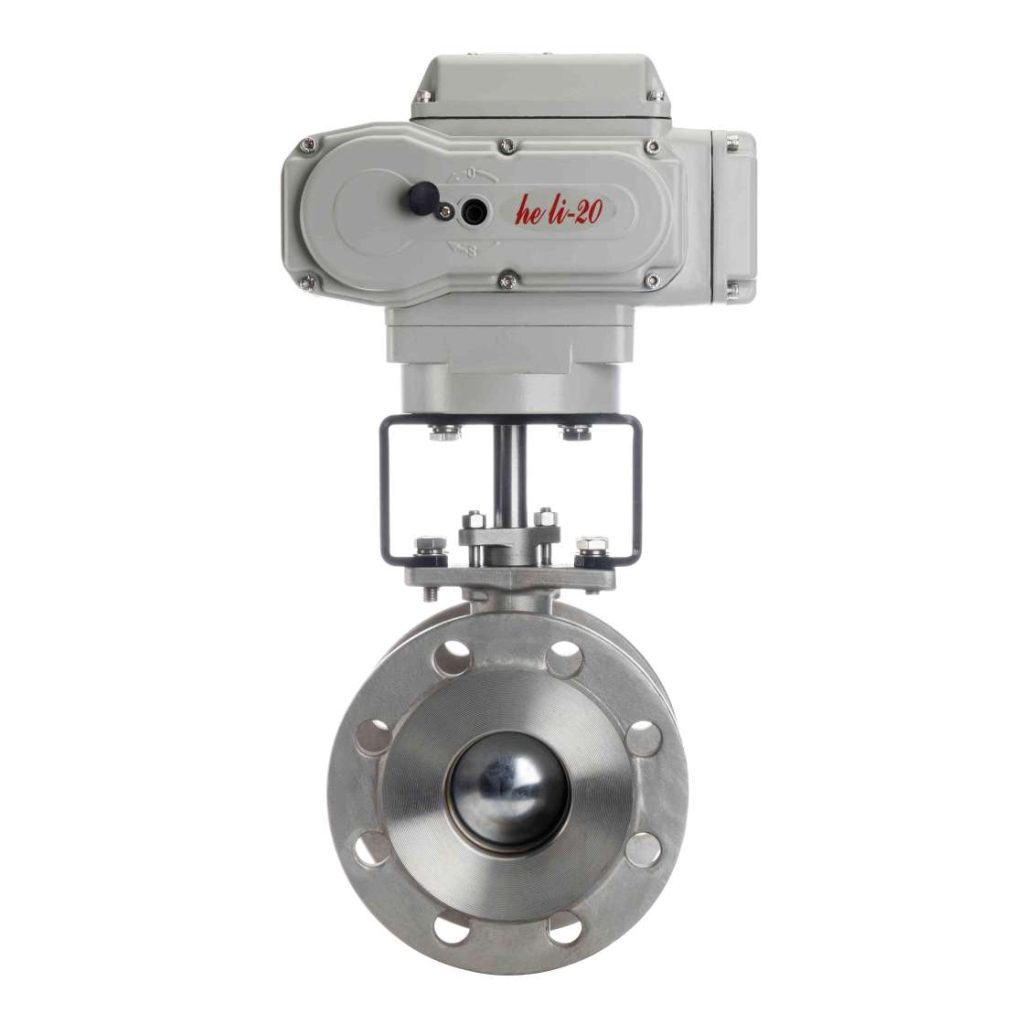The Electric V-ball valve is a sophisticated and highly effective device used to control and regulate fluid flow in various industrial systems. This type of valve stands out because of its unique V-shaped ball design combined with an electric actuator, which allows for precise flow control, quick response times, and enhanced operational efficiency. It is widely used in a range of industries, including chemical processing, HVAC (Heating, Ventilation, and Air Conditioning), water treatment, and many others where accurate flow control is essential.

Design and Functionality

The primary feature that distinguishes the Electric V-ball valve from traditional ball valves is the shape of its ball. Unlike standard spherical balls, the V-ball has a V-shaped cut, which gives it a sharper flow control characteristic. This design allows for better modulation of the flow rate, especially in applications where fine adjustments are required. The V-shaped ball enables the valve to cut through the flow more effectively, making it suitable for high-viscosity fluids, slurries, or any system where precise flow control is necessary. At the heart of this valve’s operation is the electric actuator. The actuator is a device that converts electrical energy into mechanical motion. It uses electrical signals, typically in the form of a 4-20mA or 0-10V input, to control the position of the valve. The actuator adjusts the valve’s opening and closing, thereby regulating the flow rate of the fluid passing through the valve. This allows for automatic control and remote monitoring, which enhances process automation and operational efficiency.
